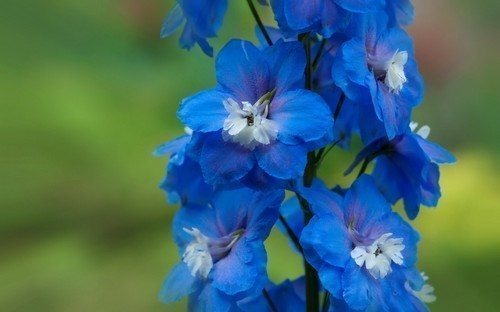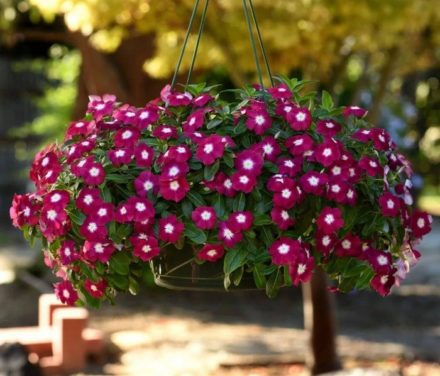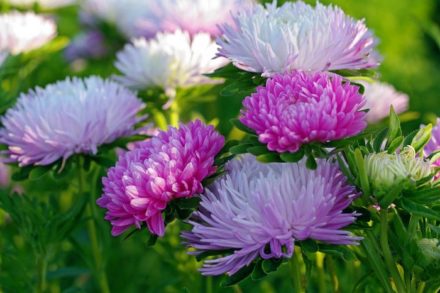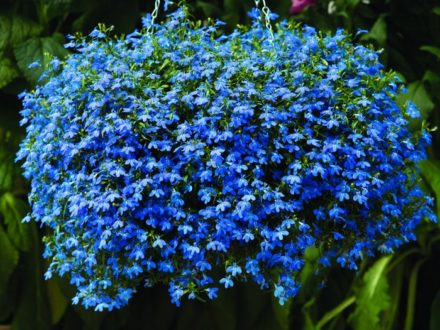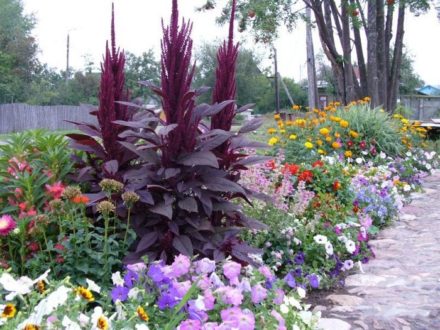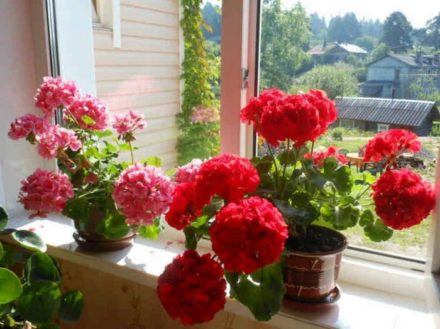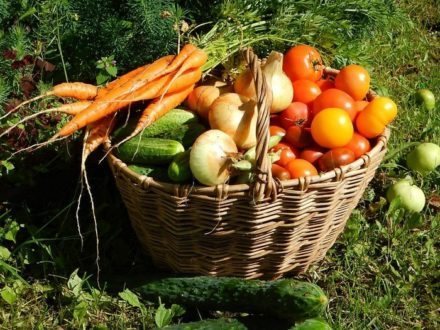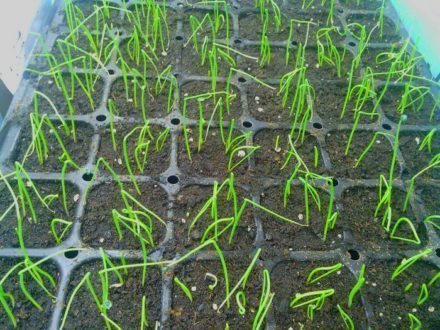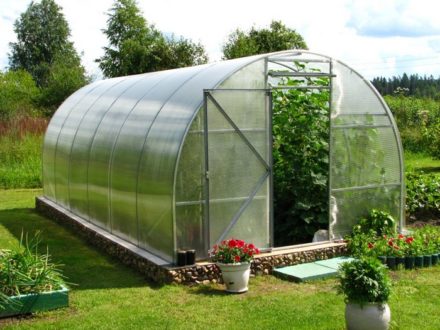Delphinium perennial is a spectacular plant that gardeners often use to create a background in mixborders. The height of delphiniums can reach up to 2 m. Low-growing flowers - carnations, daisies, phlox - look great against their background. It is more convenient to propagate delphiniums by cuttings or dividing the bush. Cultivation by seeds is resorted to when you want to get plants of a new variety on your plot.
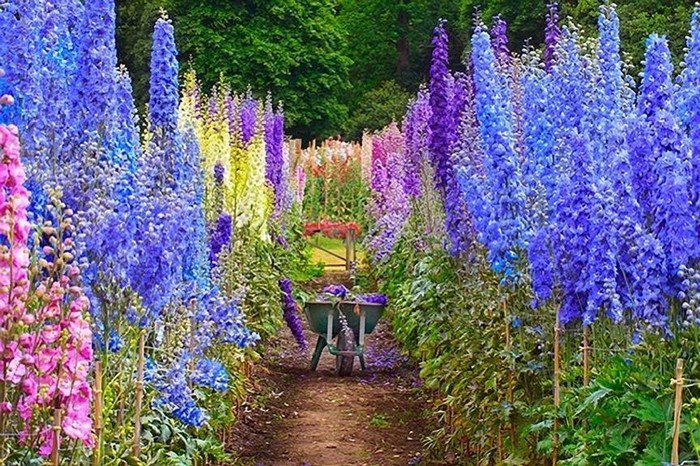
Landing dates
To get blooming delphiniums in the first year of planting, you must use the seedling method of growing. It is important to observe the timing of sowing seeds for seedlings, so that by the time they are transplanted into the ground, the bushes are strong enough. Delphinium will be able to bloom already this season if you sow the seeds in January; in the south this is done even at the end of December.
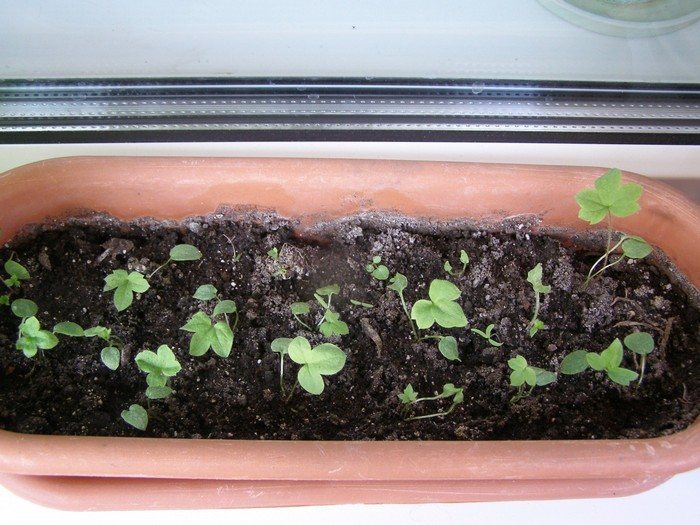
However, it must be taken into account that at home it will be necessary to create ideal conditions for the development of seedlings, in particular, use lighting during short daylight hours. If it is not possible to follow these recommendations, it is better to postpone sowing until the end of February or the beginning of March - these are the traditional dates for planting delphinium seeds.
Selection of planting material
It is very important that delphinium seeds are as fresh as possible. When purchasing in a store, pay attention to the release date indicated on the packaging. It is better not to buy planting material collected a year ago.Only seeds that have ripened in the current season germinate well.
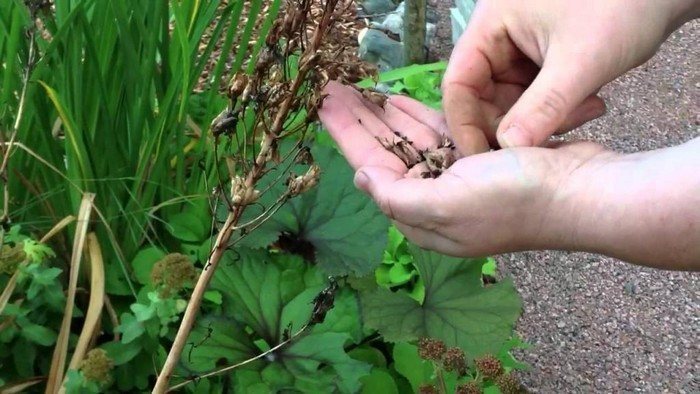
Those who have decided to collect their own planting material should wait until autumn. When the capsule ripens, it becomes dry and acquires a brown color. Seed collection must be carried out in dry weather. Delphinium planting material is stored in the refrigerator, having previously placed it in a paper envelope. Low temperatures help to maintain germination.
Suitable containers
Some summer residents sow delphinium in separate cups, believing that in this case the root system is less damaged, since the seedlings bypass the picking stage. This opinion is erroneous. Delphiniums have a weak root system of small size. Developing in individual pots, seedlings will not be able to immediately master the entire volume of soil, as a result of which the wet soil turns sour.
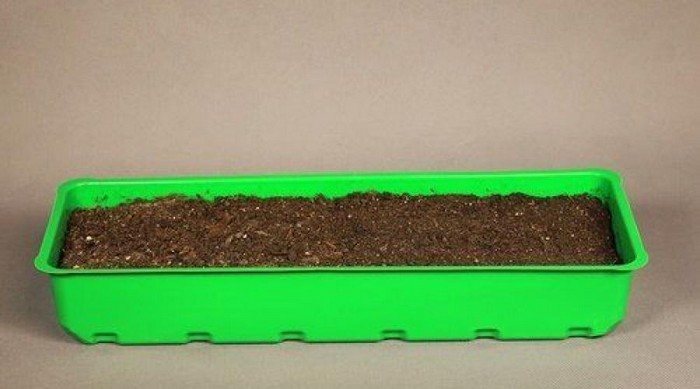
The consequence of this can be the development of diseases, including "black leg". It is best to use a low container with multiple drainage holes for sowing delphinium, where several seeds are placed at once. The container must be sterile. If used trays are used, they must be washed with an antibacterial agent or poured with a hot solution of potassium permanganate.
Properly selected soil
Delphiniums like loose soil that allows air and moisture to pass through well. When choosing from ready-made substrates, you can take soil for planting succulent plants. If desired, it is easy to make a soil mixture yourself. For this you will need:
- 1 part turf soil;
- 1 part humus;
- 1 part peat;
- 0.5 parts sand.
Those who like to water their plants are advised to add perlite to the mixture.The granules will absorb moisture during excessive watering, and then gradually release it to the roots of the seedlings. In order to disinfect the soil, it is necessary to spill a solution of potassium permanganate or Fitosporin a day or two before planting. Store-bought soil does not need disinfection.
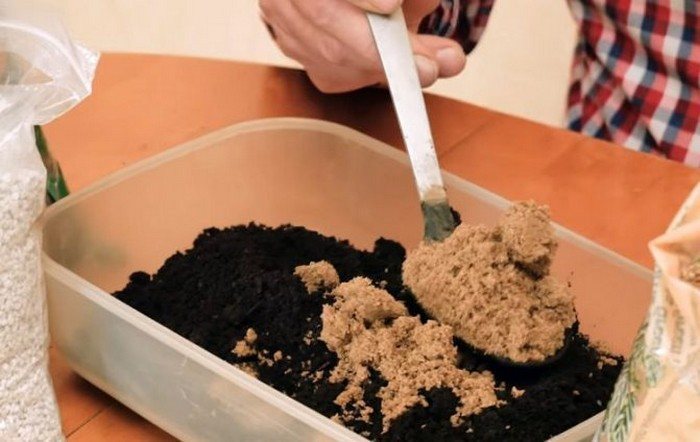
Seedling care
After sowing, the seeds are not covered with soil. The container should be kept in a cool, dark place until sprouts appear. The most suitable place is the refrigerator. Cover the container with a lid on top. Once a day, the crops should be checked to see if sprouts have appeared. At the same time, the container will be ventilated at this moment. Shoots can be seen on about 10 days. After this, the container is immediately transferred to the light and the lid is removed.
Creating conditions
Delphinium seedlings need warmth. The temperature should not fall below +18 °C. When hypothermia occurs, seedlings are easily affected by blackleg. Lack of lighting also has a detrimental effect on plants. Make sure you have an average of 12-14 hours of daylight.
Watering, picking, fertilizing
Water the seedlings through a tray. A certain amount of settled water at room temperature is poured there, and after 20 minutes the excess moisture is collected with a syringe. It is important that the soil does not dry out. As soon as the top layer of soil dries out slightly, watering should be done immediately. You can carefully water the plants in the traditional way.
After 2–3 true leaves appear, the first picking is carried out, planting the seedlings in separate 200 ml cups.The delphinium will need secondary transshipment when the ground is completely entwined with roots. When picking, use the same soil that was taken for sowing. At this stage, you can cull the seedlings, getting rid of weak and sickly specimens. Do not compact the soil with your fingers, as the delicate roots are easy to damage. Watering will help get rid of air voids.

Delphinium seedlings do not need feeding; usually young plants take everything they need from fresh soil. In this case, you need to pay attention to the appearance of the bushes. If they look depressed, pale, or grow poorly, you can fertilize them once with complex flower fertilizer, using the drug according to the instructions.
If all of the above conditions are met, delphinium seedlings will be strong and healthy. All that remains is to wait for the warm weather to arrive to plant the flowers in a permanent place in the garden. Replanting is carried out when the threat of frost has completely disappeared. The seedlings are first hardened off, gradually accustoming them to fresh air.


